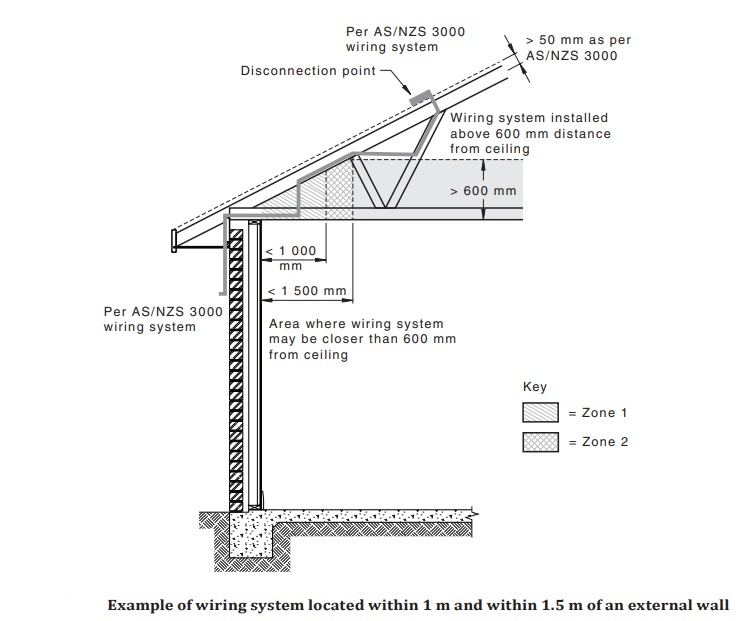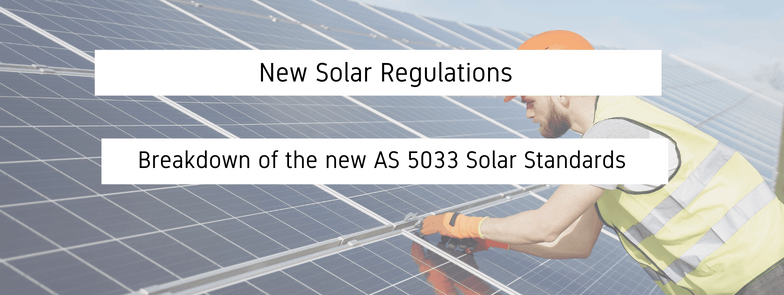25 November 2022
New Solar Regulations
Breakdown of the new AS 5033 Solar Standards
As of May 2021, the Standard AS/NZS 5033:2014 for solar installation and safety requirements was superseded by AS/NZS 5033:2021. But what does this change in regulations mean for solar system fitters and consumers alike? And what changes must be made?
The headline changes include:
- Option to remove rooftop isolators
- DC cable routing and installation requirements
- DC Connection Points
- Implementation of drain devices
- Increase in the maximum voltage for residential solar systems
Rooftop Isolators & DC Cable Run
One of the most notable changes to the standards is the choice to remove rooftop isolators, which is an excellent development given this is where most fires have been initiated. Instead of a rooftop isolator, you now have the option to place the inverter on an internal or external wall of your property. There are specific requirements with regards to the cabling when your inverter isn’t on the roof though as the DC cannot be within 600mm height of the ceiling so the best way to ensure this would be to run the cable through your roof cavity. (There may still be occasions where a rooftop isolator is necessary)

AS 5033:2021 New Cable Regulations
The cables used for your solar system must now be in line with the international standards IEC 62930 and be rated at 1500 volts. The new solar cable is wider than the old cables, to be specific, they’re 0.7mm bigger. This may seem insignificant but can make a big difference when your solar system installer is attaching MC4 connectors.
DC Disconnection Point
With the elimination of the need for a rooftop inverter, the new regulations insist a “Disconnection Point” must be provided on the roof. This DC disconnection point can be a set of MC4 connectors. The new standard does set out some rules for the disconnection point; namely in regard to the placement and protection from the weather and water.
Drain Devices
The old 5033 standards allowed the conduit to run all the way from the roof to the isolator but if this wasn’t airtight, condensation would build up in the conduit, which could get into the isolator. The new standard requires any continuous conduit that has part outdoors and ends with a disconnection device must have a “drain device” fitted at its lowest point.
.jpg)
Maximum Voltage for Residential Installations
OK so this one is interesting…the new AS 5033:2021 regulations allow 1000 volts residential installations. Great, yes? Well, actually no because the AS 4777.1:2012 clause 2.3 still states that domestic installations can’t have a maximum DC voltage of greater than 600 volts! So, this contradiction means that until 4777.1 is amended in line with 5033, installations cannot exceed 600 volts.
AS 5033:2021 Solar Installation Regulation Changes
If you are looking to install a solar system, ensure you discuss the points discussed here around the new AS 5033 standard with your solar system provider.
If you have any questions about the regulation changes or about solar installations, contact your local solar specialists at Fallon Solutions on 1300 762 260 or complete our online enquiry form today.
Reference:
Suggested articles
No articles found

